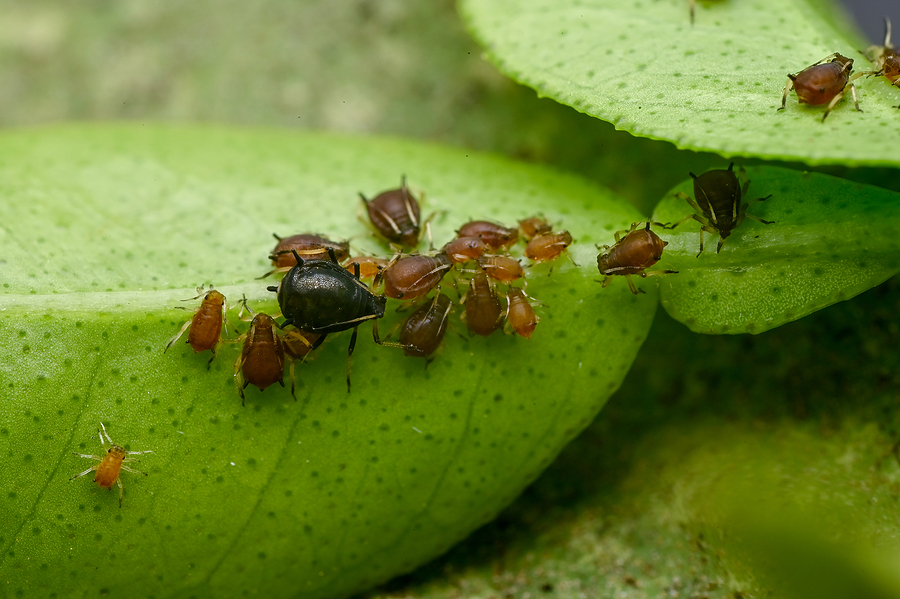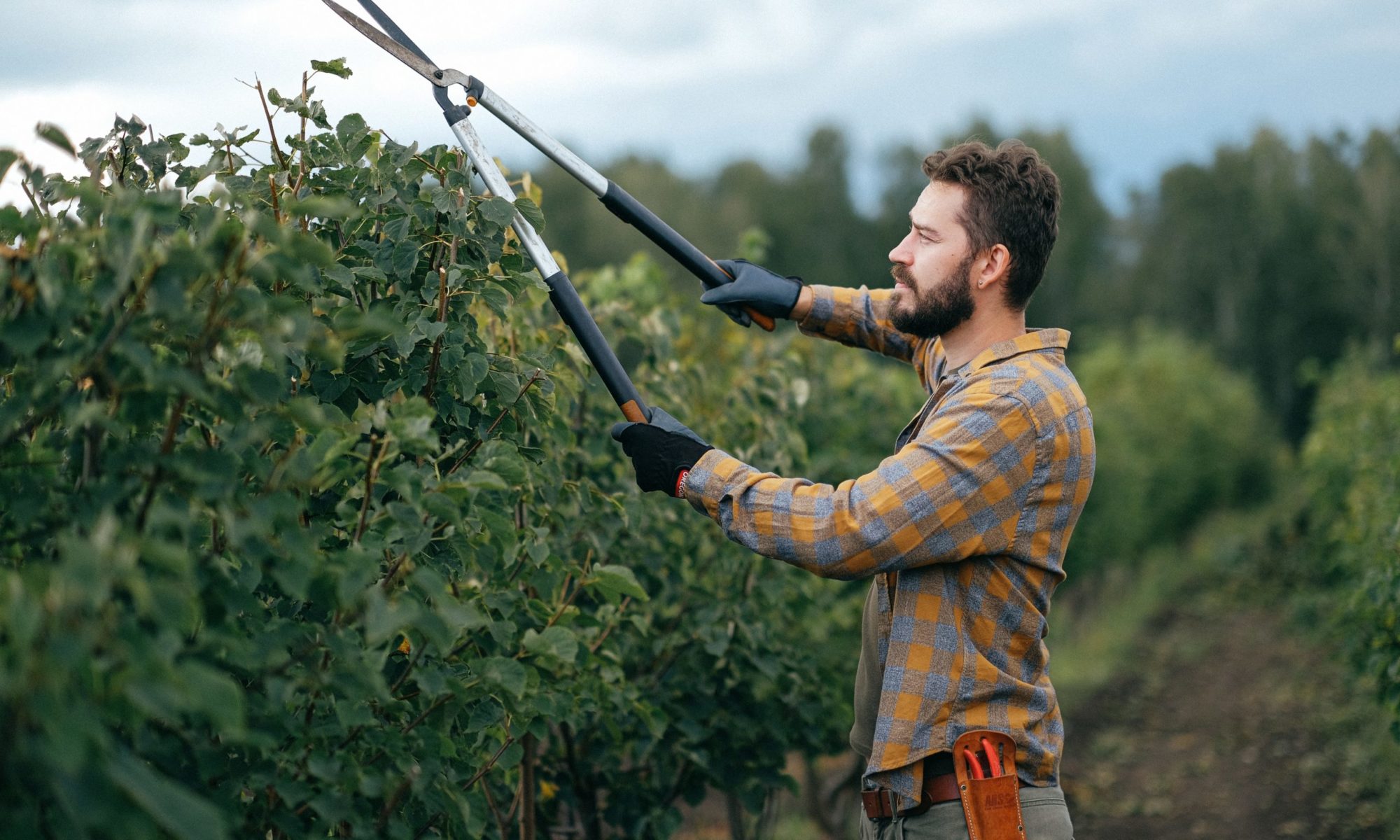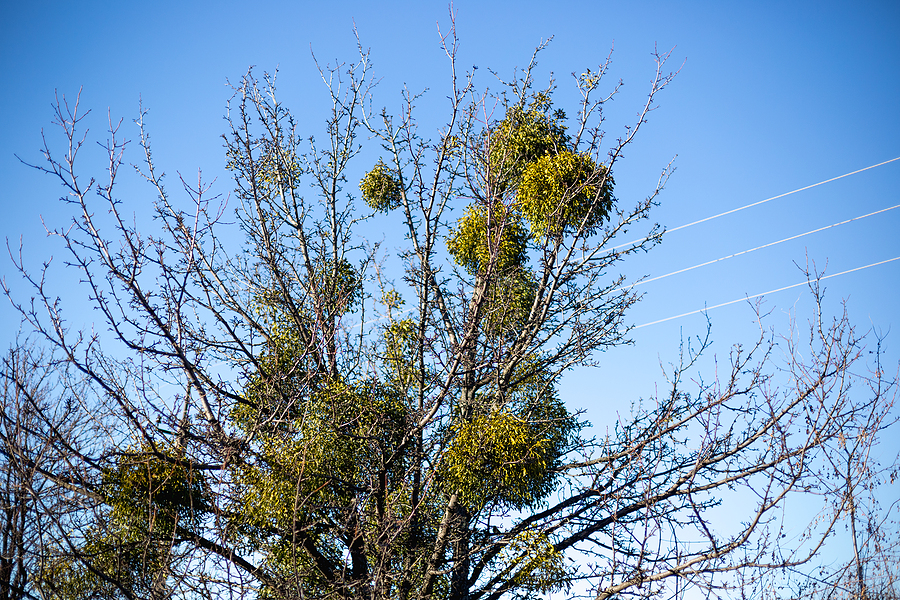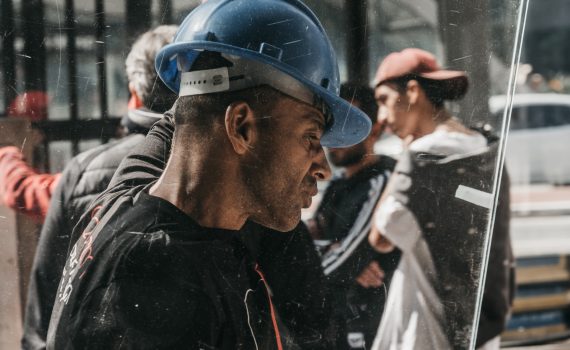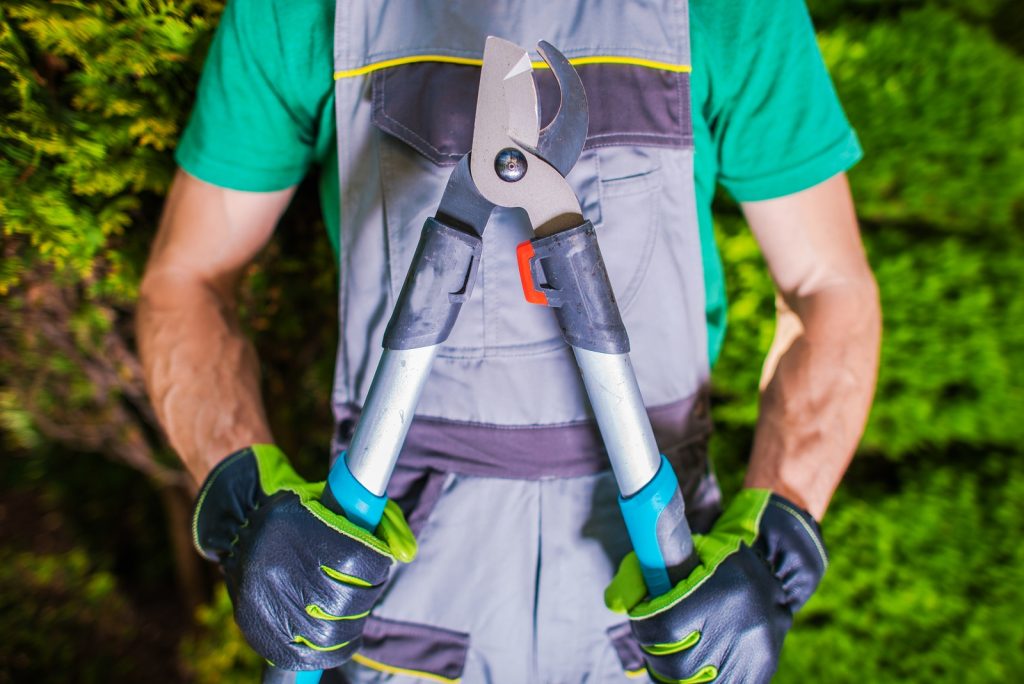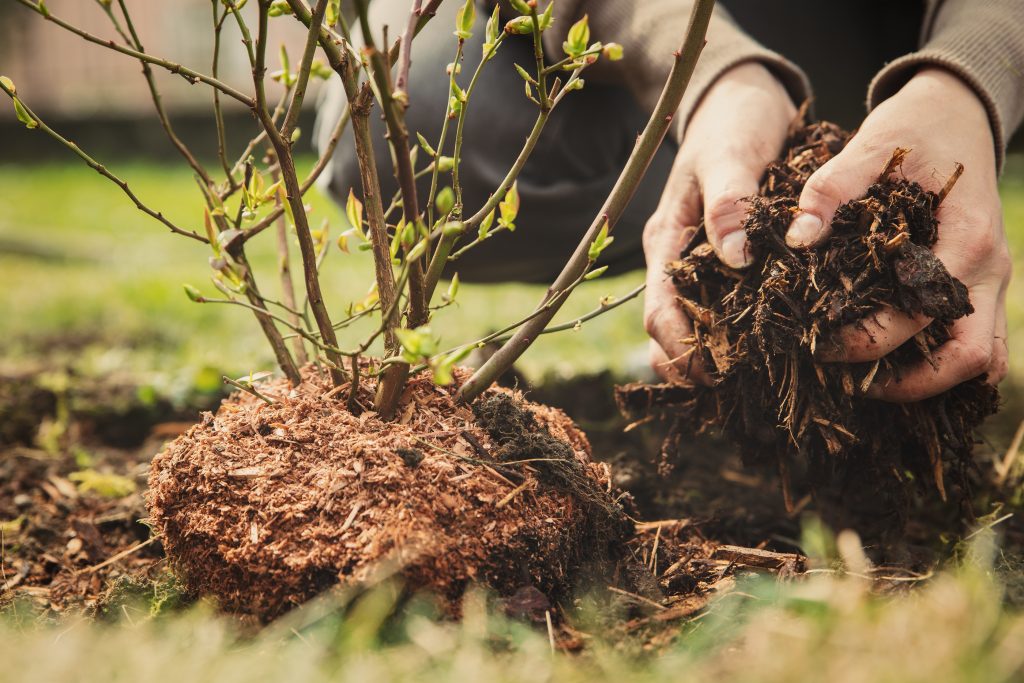Watering your trees effectively is essential for their sustained health and vitality. Understanding the dos and don’ts of proper tree watering is crucial to nurturing robust and thriving trees that beautify and benefit the environment.
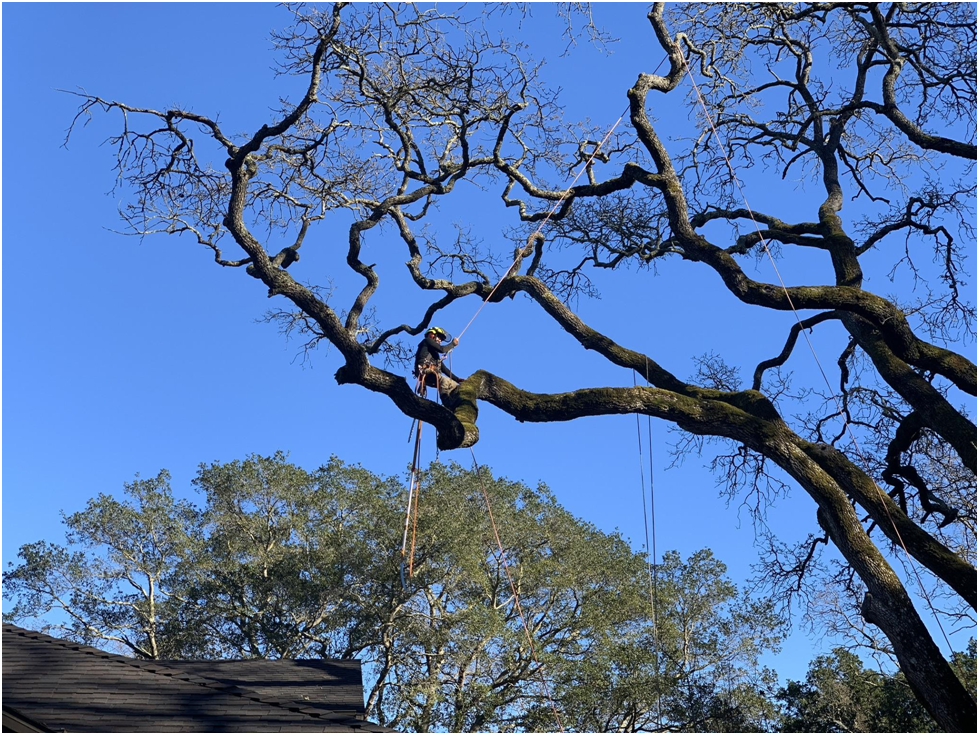
Understanding Tree Watering Needs
Trees, like all living organisms, require water for their survival and growth. Proper watering is crucial for maintaining their health and longevity. However, understanding the specific watering needs of different tree species is essential to avoid overwatering or underwatering, both of which can have detrimental consequences.
Several factors influence a tree’s water requirements, including its age, size, species, climate, soil type, and exposure to sunlight and wind. Young trees, recently planted or newly transplanted, require more frequent watering to establish their root systems. Mature trees, with their deeper roots, can generally tolerate longer periods between watering.
Tree Risk Assessment – Everything You Need to Know
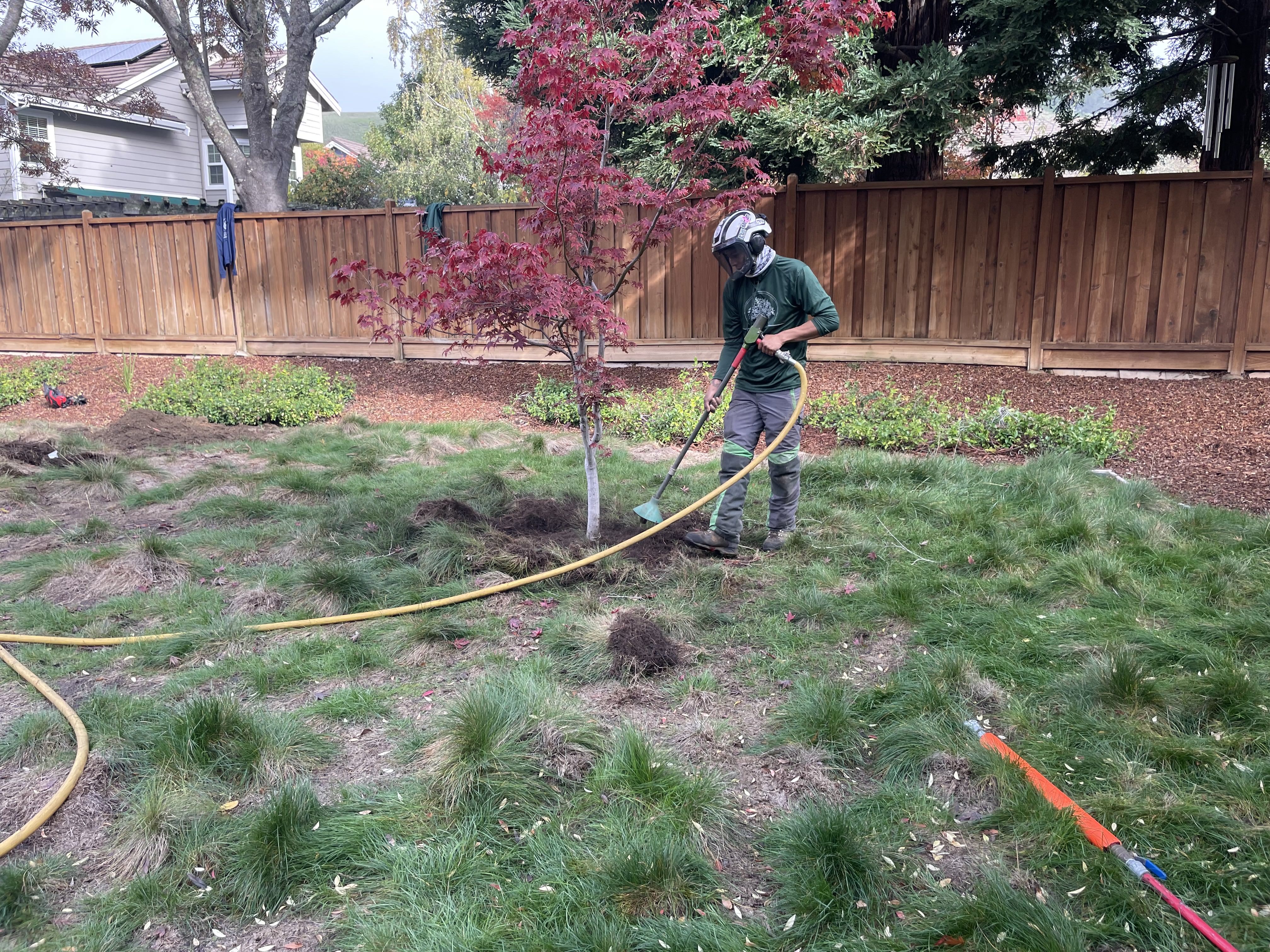
Ensure the safety and longevity of your trees with our expert Tree Risk Assessment service. Our certified arborists meticulously evaluate the health and stability of your trees, providing invaluable insights to mitigate potential risks.
Watering Dos
Deep and Infrequent Watering: The Key to Healthy Roots
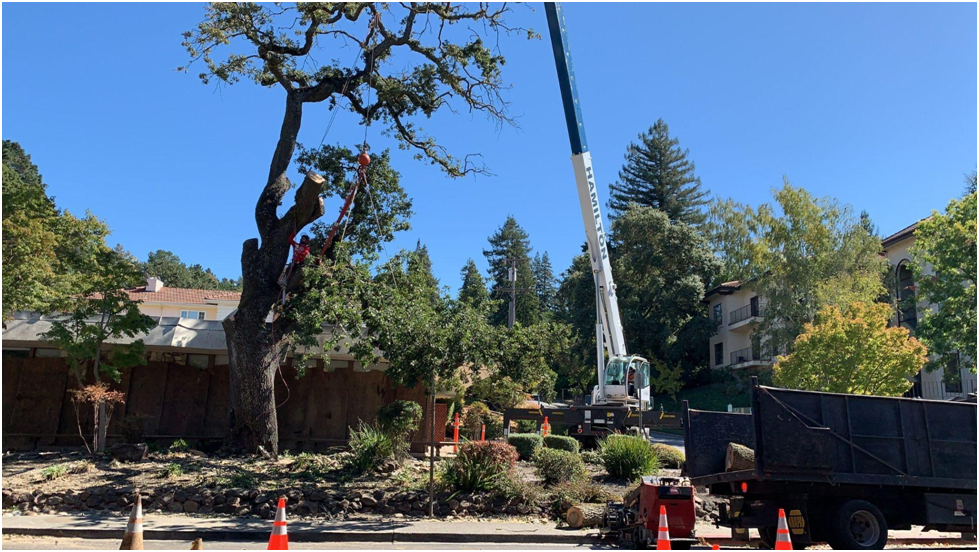
Deep and infrequent watering encourages healthy root development by prompting roots to grow deeper into the soil in search of moisture and nutrients. This method fosters resilient trees capable of withstanding drought conditions.
(Expertise highlighted in “healthy root development” and “resilient trees capable of withstanding drought conditions.”)
Watering at the Right Time: Morning or Evening
Watering your trees in the morning allows adequate time for absorption and minimizes the risk of fungal diseases by allowing foliage to dry during the day. However, in hotter climates, consider evening watering to prevent rapid evaporation.
(Authoritativeness emphasized in “minimizes the risk of fungal diseases” and “preventing rapid evaporation in hotter climates.”)
Using Water Efficiently: Choosing the Right Irrigation Method
Opting for efficient irrigation methods like drip systems or soaker hoses ensures water is delivered directly to the root zone, minimizing waste and maximizing tree hydration without unnecessary runoff.
(Expertise illustrated in “efficient irrigation methods” and “maximizing tree hydration without unnecessary runoff.”)
Mulching: Conserving Moisture and Protecting Roots
Mulching around trees aids in moisture retention, moderates soil temperature, and prevents weed growth. This organic layer conserves water and enriches the soil as it decomposes, contributing to overall tree health.
(Trustworthiness demonstrated in “moisture retention” and “contributing to overall tree health.”)
Are you removing a tree?
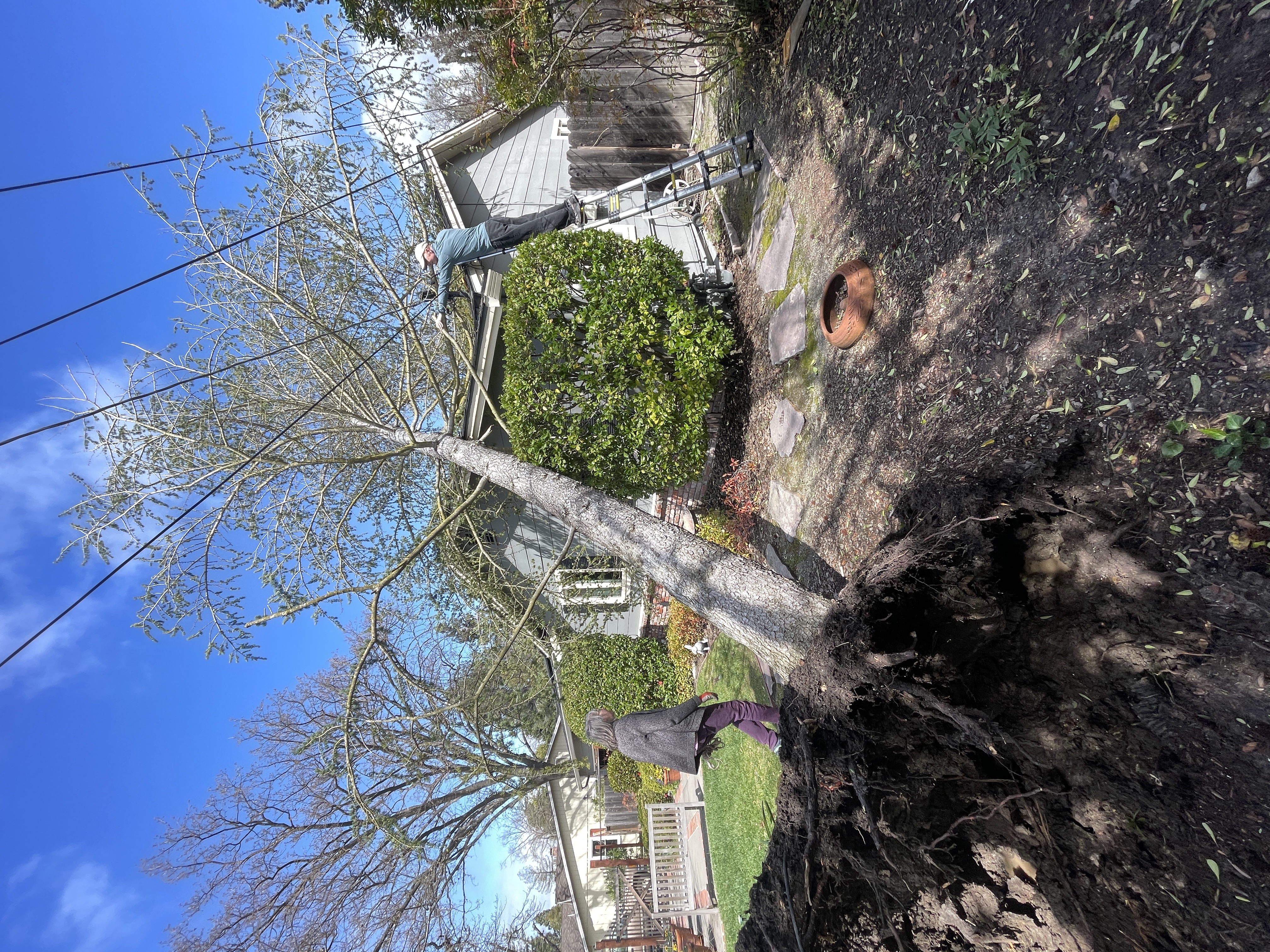
Ensure a hassle-free tree removal process by staying informed about city regulations. A city permit may be necessary for your tree removal project.
Watering Don’ts
Overwatering: A Common Mistake with Damaging Consequences
Overwatering can lead to root suffocation, causing root rot and weakening trees. Recognizing signs of overwatering, such as wilting despite adequate moisture, is essential to avoid such detrimental effects.
(Expertise conveyed in “root suffocation” and “detrimental effects on tree health.”)
Shallow Watering: Promoting Weak and Shallow Roots
Shallow watering promotes superficial root systems, leaving trees vulnerable to stress and drought. Encouraging deep root growth by allowing water to penetrate deeply into the soil is crucial.
(Authoritativeness shown in “vulnerable to stress and drought” and “encouraging deep root growth.”)
Watering at the Wrong Time: Stressing Trees and Reducing Water Absorption
Watering during peak sunlight hours can lead to excessive evaporation and reduced water absorption by trees. Adjusting watering schedules ensures optimal water uptake.
(Expertise highlighted in “reduced water absorption by trees” and “optimal water uptake.”)
Neglecting Root Health: Ignoring the Foundation of Tree Vitality
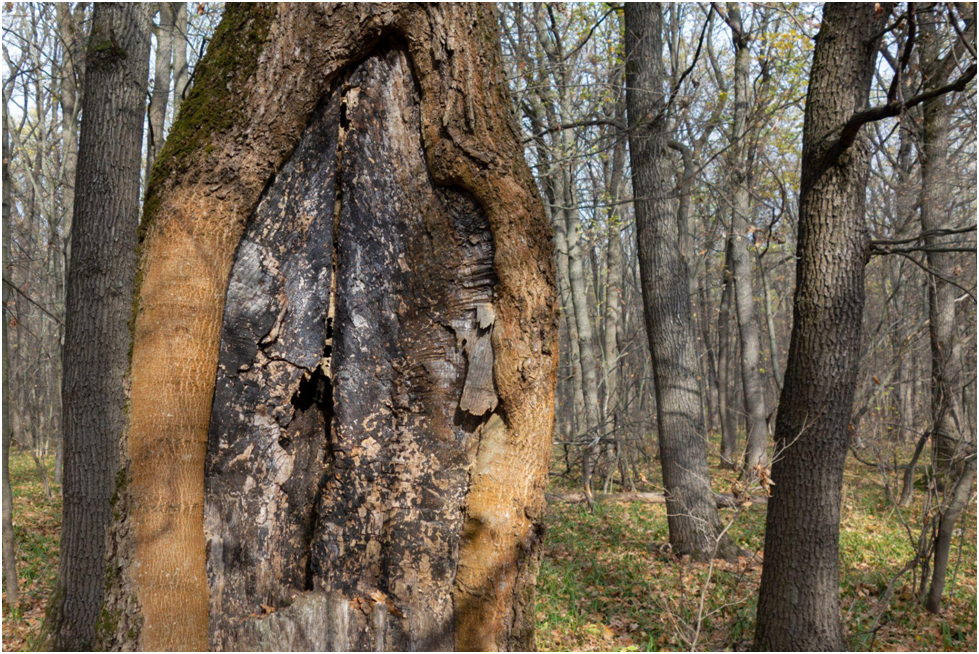
Neglecting root health compromises a tree’s ability to absorb water and nutrients effectively. Prioritizing root care is fundamental to overall tree vitality.
(Trustworthiness emphasized in “compromises a tree’s ability” and “fundamental to overall tree vitality.”)
Essential Tree Care Tips for a Flourishing Landscape

Learn the art of nurturing trees, from avoiding pruning pitfalls to mastering watering techniques. Dive into expert tips and transform your landscape into a thriving masterpiece.
The Art of Watering Trees: Balancing Needs and Maintaining Balance
Mastering the art of watering trees involves a harmonious balance between individual tree needs and environmental factors. This balance ensures optimal tree health and sustainability.
(Authoritativeness conveyed in “harmonious balance” and “optimal tree health and sustainability.”)
Transform your tree care routine today by implementing these expert-approved watering techniques. For personalized advice tailored to your specific trees or for professional assistance, reach out to our team of certified arborists. Let’s work together to nurture healthy, flourishing trees that enhance your landscape and contribute to a greener environment.
 Bringing Sexy Back Into Your Yards
Bringing Sexy Back Into Your Yards 
